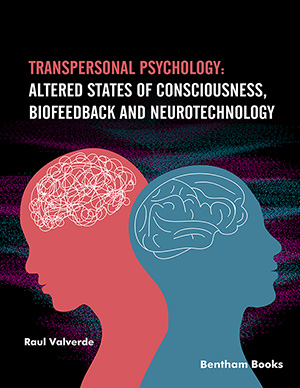Abstract
Written as an anti-war novel by Dalton Trumbo in 1938, 'Johnny Got His
Gun' was released in 1971 as a film directed by Trumbo. In the narrative that begins
with Joe Bonham's serious injury, we witness episodes from Bonham's life before the
war, the dreams he had, and the events in the hospital that made him an object.
Bonham's state of being in between fantasy and reality is also embedded in the visual
language of the film, strengthening the narrative and the message conveyed. The antiwar
message that Trumbo wanted to express could reach people in different media such
as novels, movies, music, video clips, and theater with Joe Bonham's story. It is
possible to make different inferences when looking at the film from an architectural
point of view rather than its anti-war messages. The narrative created with the film
reveals the importance of the body and space relationship in an extraordinary way for
the person who experiences the space not only with his eyes but to the extent his body
allows. 'Johnny Got His Gun' is examined with the view that architecture is an art open
to sensory experiences where all senses are fused.
Keywords: Keywords: Architecture, anti-war, body, cinema, crime, experience, harvey, joe Bonham, metallica, music, novel, one, object, perception, pallasmaa, subject, space, time-space compression, trumbo, war.







